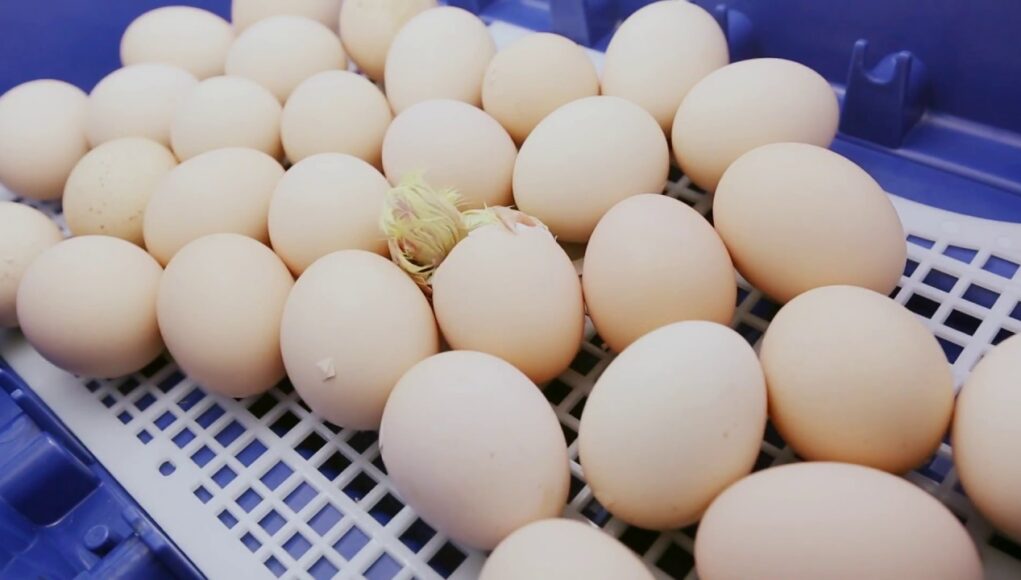Incubating eggs is a rewarding process, but it requires careful attention to detail to ensure successful hatching. One of the most critical aspects of incubation is maintaining the correct temperature. Overheating can severely impact hatch rates and the health of the developing embryos. This article will guide you on how to avoid overheating incubator and ensure a successful hatch.

Understanding the Importance of Temperature Control
Temperature control is crucial in the incubation process. Eggs require a consistent environment to develop properly. An overheated incubator can cause developmental issues or even kill the embryos. Therefore, understanding how to maintain the right temperature is essential for anyone looking to incubate eggs successfully.
What Causes Incubator Overheating?
Several factors can lead to overheating in an incubator. These include external environmental conditions, incubator malfunctions, and improper settings. Identifying these causes is the first step in preventing temperature issues.
External Environmental Conditions
Hot weather can naturally increase the temperature inside an incubator. Placing the incubator in direct sunlight or a room without proper ventilation can exacerbate this problem. For more tips on handling hot climates, visit our guide on incubating in hot climates.
Incubator Malfunctions
Technical malfunctions, such as a broken thermostat, can lead to overheating. Regularly checking and maintaining your incubator can help prevent such issues. For troubleshooting, see our incubator troubleshooting guide.
Improper Settings
Incorrect temperature settings are a common cause of overheating. Always refer to the manufacturer’s guidelines to ensure your incubator is set to the right temperature.
Steps to Prevent Overheating
Preventing incubator overheating involves several proactive measures. Here are some steps you can take:
Choose the Right Location
Place your incubator in a cool, shaded area away from direct sunlight and heat sources. This helps maintain a stable temperature.
Regular Monitoring
Use a reliable thermometer to monitor the temperature inside the incubator regularly. This allows you to make quick adjustments if the temperature rises unexpectedly.
Proper Ventilation
Ensure your incubator has proper ventilation. Good airflow helps regulate temperature and prevent overheating.
Check Equipment Regularly
Regularly inspect your incubator for any signs of wear or malfunction. Replace faulty parts immediately to prevent overheating issues.
Using Technology to Aid Temperature Control
Advancements in technology have made it easier to maintain the right temperature in incubators. Consider using digital thermostats and smart incubators that automatically adjust settings to prevent overheating.
Impact of Overheating on Hatch Rates
Understanding the consequences of overheating is crucial. Excessive heat can lead to lower hatch rates, deformities, and even embryo death. Maintaining the correct temperature ensures healthy and successful hatches.
Maintaining Humidity Levels
Humidity plays a significant role in the incubation process. High temperatures can affect humidity levels inside the incubator. For tips on maintaining proper humidity, read our humidity hacks.
Common Mistakes to Avoid
Many people make mistakes that lead to overheating. These include not monitoring temperatures regularly and ignoring manufacturer guidelines. Avoiding these mistakes can significantly improve your hatch rates.
Seasonal Considerations
Different seasons require different strategies to maintain incubation temperatures. In hotter months, extra precautions are necessary to prevent overheating.
Role of Egg Collection in Preventing Overheating
Proper egg collection and handling can also influence the incubation process. Learn more about best practices for egg collection in our detailed guide on egg collection.
Importance of Record Keeping
Keep detailed records of your incubation process, including temperature logs. This information helps identify patterns and prevent future issues.
Consulting Experts
If you’re new to incubation or experiencing persistent issues, consulting with experts can provide valuable insights and solutions. For more advice, check out this comprehensive guide.
Conclusion
Avoiding overheating in an incubator is crucial for successful egg hatching. By understanding the causes, implementing preventive measures, and utilizing technology, you can maintain the right temperature and improve your hatch rates.

FAQs
What is the ideal temperature for incubating eggs?
The ideal temperature for incubating chicken eggs is around 99.5F (37.5C). It’s important to maintain this temperature consistently throughout the incubation period.
How often should I check the incubator temperature?
It’s recommended to check the incubator temperature at least twice a day to ensure it remains stable.
Can I use a regular thermometer in an incubator?
While regular thermometers can be used, it’s best to use a digital thermometer designed for incubators for more accurate readings.
This article contains affiliate links. We may earn a commission at no extra cost to you.











